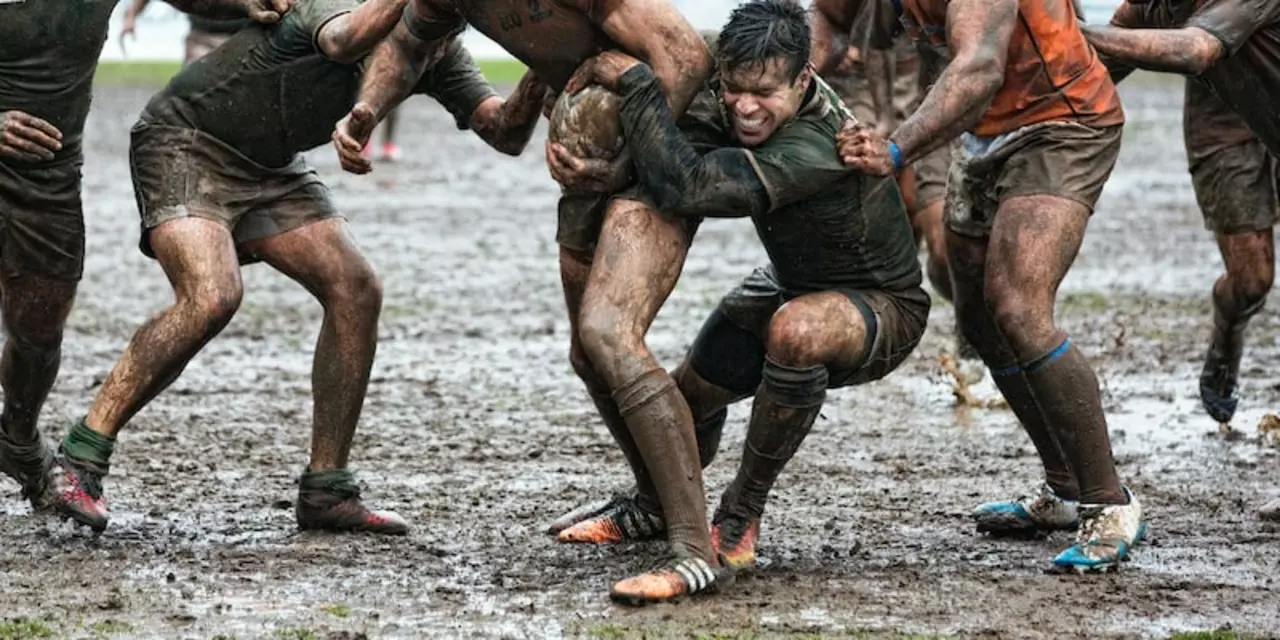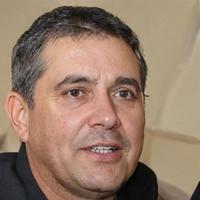Concussions in Rugby: What Every Player Should Know
Rugby is a fast, hard‑hitting sport, and that excitement comes with a hidden danger – head injuries. A concussion can happen in a split second, whether it’s a high tackle, a clash of heads in a scrum, or even a hard fall after a tackle. Knowing the signs and the steps to take can make the difference between a quick bounce back and a long‑term problem.
Spotting a Concussion on the Field
When a player gets hit hard, the first thing to check is how they act right after. Common signs include dizziness, headache, confusion, or a feeling of “fog.” If a teammate or coach notices the player stumbling, slurring words, or forgetting the play, it’s time to stop the game and assess. Even if the player says they’re fine, you should still pull them aside for a quick check – many concussions don’t show obvious symptoms right away.
Other red flags are loss of balance, trouble remembering the last few seconds, or any nausea and vomiting. If the player gets a seizure or loses consciousness, call emergency services immediately. Remember, it’s better to be safe and miss a few minutes than to risk a serious brain injury.
What the Rugby Concussion Protocol Looks Like
Most clubs follow a set of rules called the “Concussion Management Pathway.” First, the player is taken off the pitch and examined by a qualified medical professional. The examiner uses the SCAT5 (Sport Concussion Assessment Tool) to rate symptoms, balance, and cognitive function.
If the test shows a concussion, the player must go through a graduated return‑to‑play (RTP) process. That means a day of rest, followed by light activity, then sport‑specific drills, non‑contact practice, and finally full contact – each step taking at least 24 hours and only moving forward if there are no new symptoms.
Skipping steps or rushing back is a big no‑no. Studies show players who return too quickly are more likely to suffer a second concussion, which can be far more dangerous. The protocol is there to protect the player’s brain, not to punish the team.
Coaches and teammates play a huge role, too. Encourage open conversation about head injuries and make it clear that reporting a concussion won’t make a player look weak. The team’s health always comes first.
Besides protocol, there are practical ways to lower the risk. Proper tackling technique is key – keeping the head up and avoiding leading with the crown of the skull can cut down head‑to‑head impacts. Strengthening neck muscles also helps absorb shock. While helmets aren’t standard in rugby, mouthguards can reduce jaw injuries that sometimes lead to concussions.
At the end of the day, dealing with concussions is a team effort. Players must listen to their bodies, staff must enforce the rules, and clubs must provide the right medical support. By staying alert, following the protocol, and focusing on safe play, you keep the game enjoyable for everyone and protect the most important gear – your brain.

